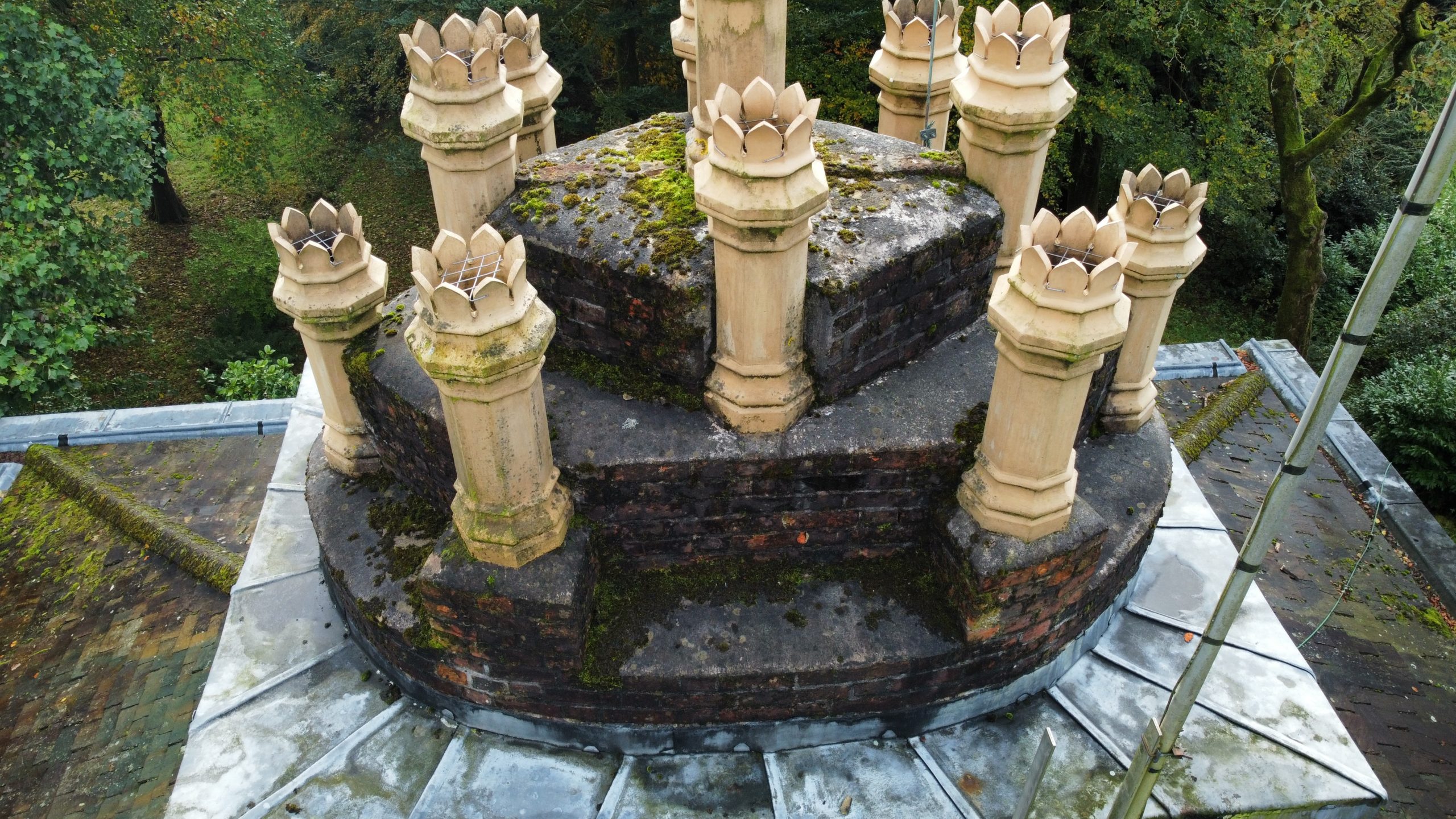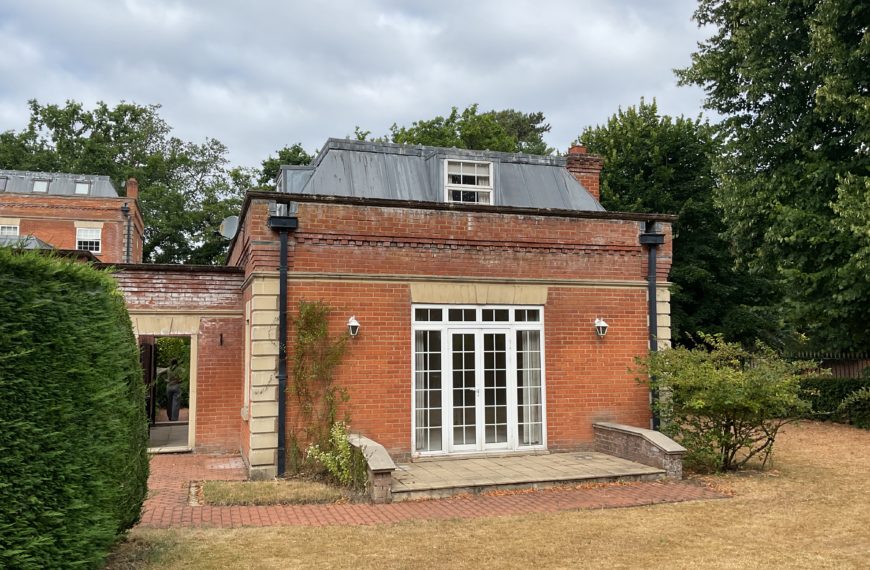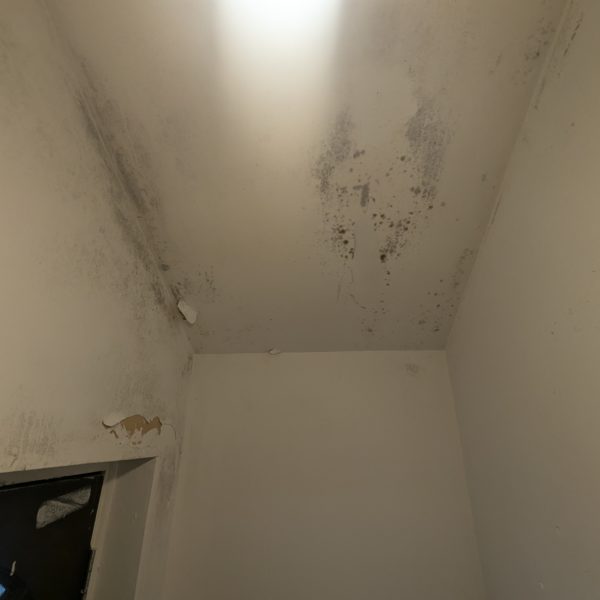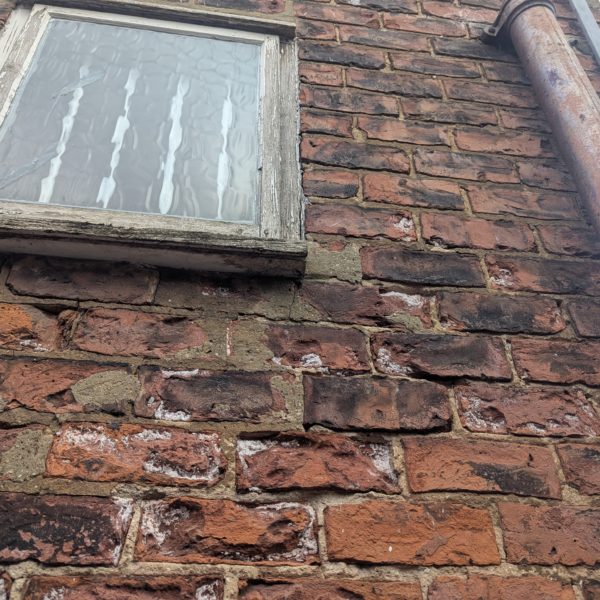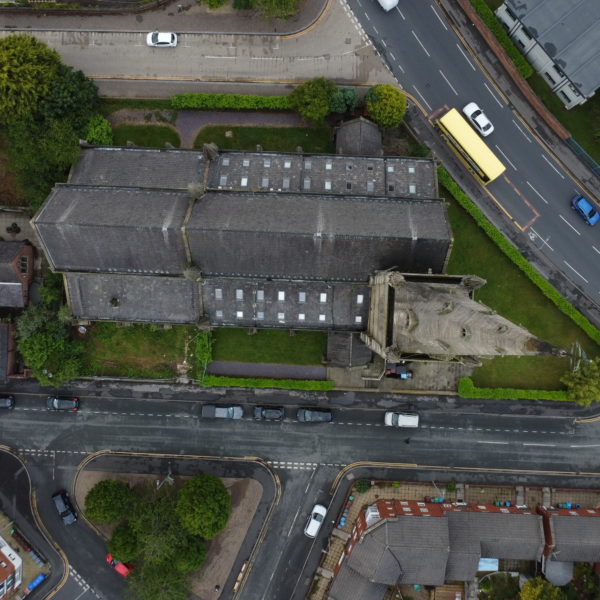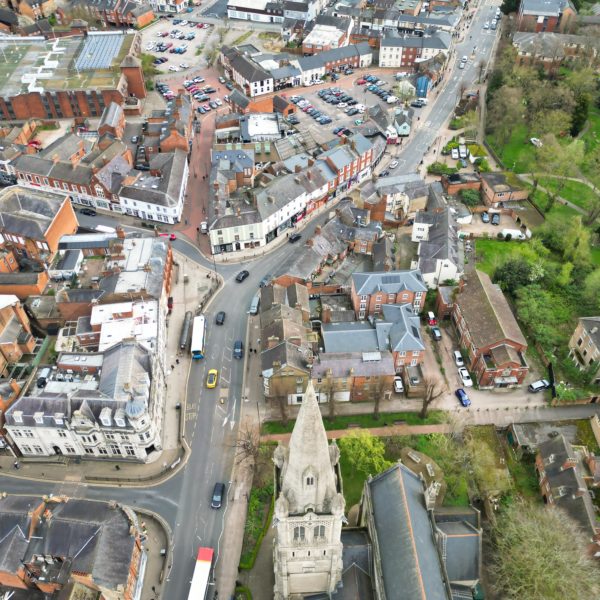Owning a listed building is a privilege and a responsibility. These historic properties are protected for their architectural and cultural value, and any changes made without proper consent are a serious matter. But what happens if you discover unauthorised works, either while buying a listed home, or after you’ve already taken ownership?
In this guide, we go beyond the basics to help you understand your options, how to trace responsibility, and what to do if enforcement action looms. Whether you’re a buyer, owner, or seller, clear steps and expert support can help you navigate the process confidently.
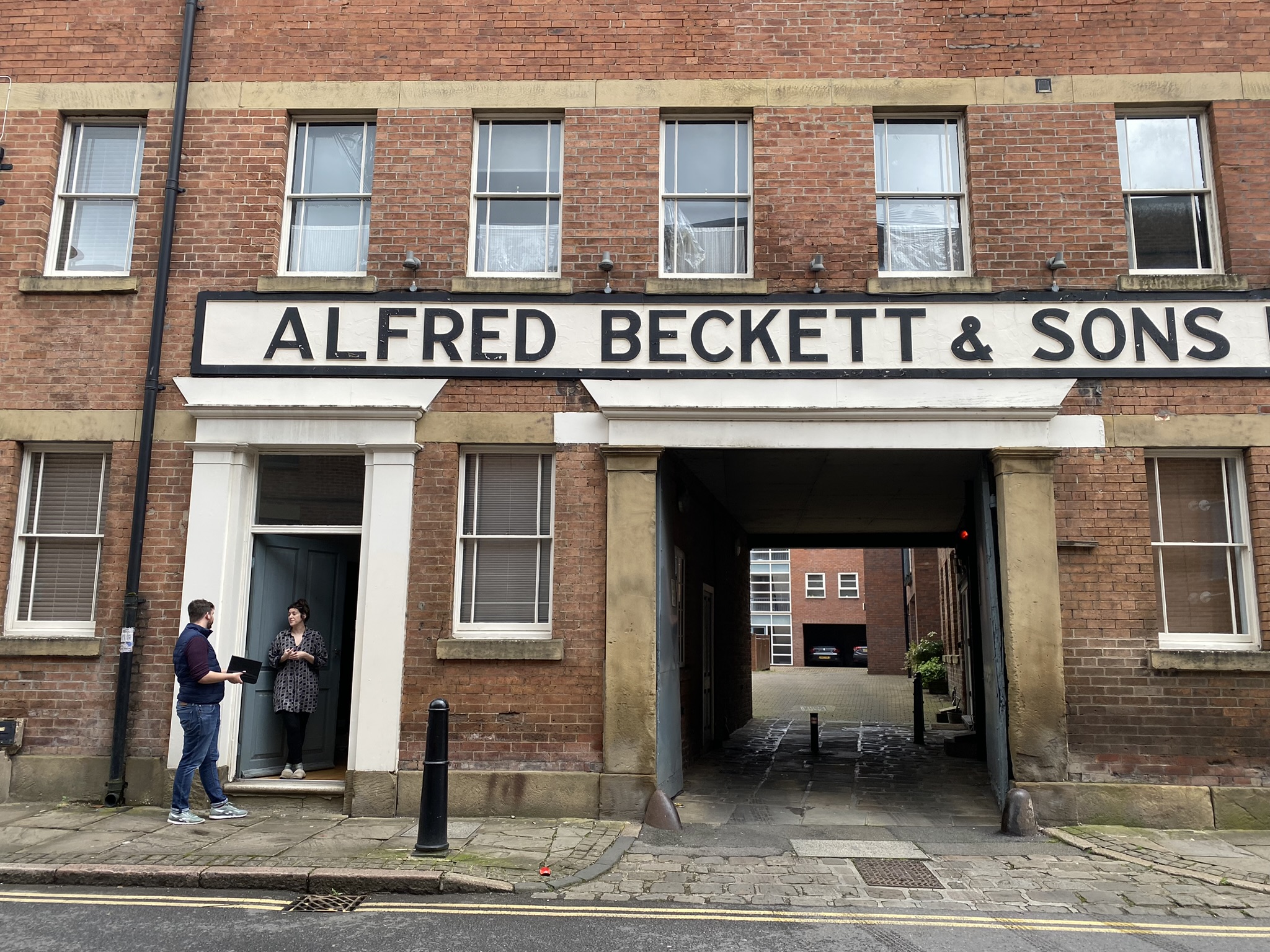
What Counts as Unauthorised Work?
Unauthorised works refer to any changes made to a listed building without listed building consent (LBC). This might include anything from replacing traditional windows with modern units, to more extensive structural changes. It’s worth noting that planning permission and listed building consent are two different things and both may be required depending on the nature of the work.
Each listed property is unique, so the scope of what is or isn’t permitted will vary. Even Grade II buildings, which form the majority of listings, may have strict restrictions tied to their features. If the work affects the character of the building, it needs consent.
The Risks: Legal and Financial Consequences
Unauthorised works on a listed building aren’t just a regulatory grey area they’re a criminal offence under the Planning (Listed Buildings and Conservation Areas) Act 1990. Penalties can include unlimited fines and even imprisonment. Importantly, both the person who did the work and the person who commissioned it may be held liable.
If you’re planning work on a listed building, it’s essential to check the building’s official listing on the National Heritage List for England. Pay particular attention to any features specifically mentioned, as altering them without permission is likely to lead to enforcement action. Always liaise with your local conservation officer before proceeding with any design or construction work.
Buying a Property With Unauthorised Works? Tread Carefully
If you’re purchasing a listed property, your solicitor will request confirmation of any previous alterations and associated consents through standard enquiries. But don’t rely on paperwork alone. While there is the option or pursuing the selling for not providing correct material information, this doesn’t mean that option wont be a headache and have significant time and cost implications, with no guarantee of success. Get a full building survey carried out by a surveyor experienced in listed buildings as a minimum. Specialist practices will offer listed buildings surveys, which above and beyond a comprehensive pre-purchase survey include an additional depth of analysis and research into the site. They’ll help identify changes and flag whether these appear to have the proper approvals.
If unauthorised works come to light during the purchase process, you have a few options:
- Walk away. The simplest route, especially if the scope of unauthorised work is large.
- Request retrospective consent. This can take 8–13 weeks or more, and isn’t guaranteed.
- Negotiate. You might ask the seller to apply for consent before completion or to reduce the price to reflect the potential risk.
Whatever your approach, make sure you’re advised by professionals with listed building experience. The costs of rectifying unauthorised works can be substantial.
Speak to an Expert TodayAlready Own the Listed Property?
Sometimes unauthorised works only come to light after the purchase. If that’s the case, and you followed best practices during your acquisition, including full surveys and legal checks, you may be covered under specialist listed building insurance. This cover can help mitigate costs, provided you’ve taken all reasonable precautions.
In the worst case, you may receive a Listed Building Enforcement Notice from the local authority. This requires you to reverse or amend the works to restore the building’s character. Failure to comply is an offence and could lead to prosecution.
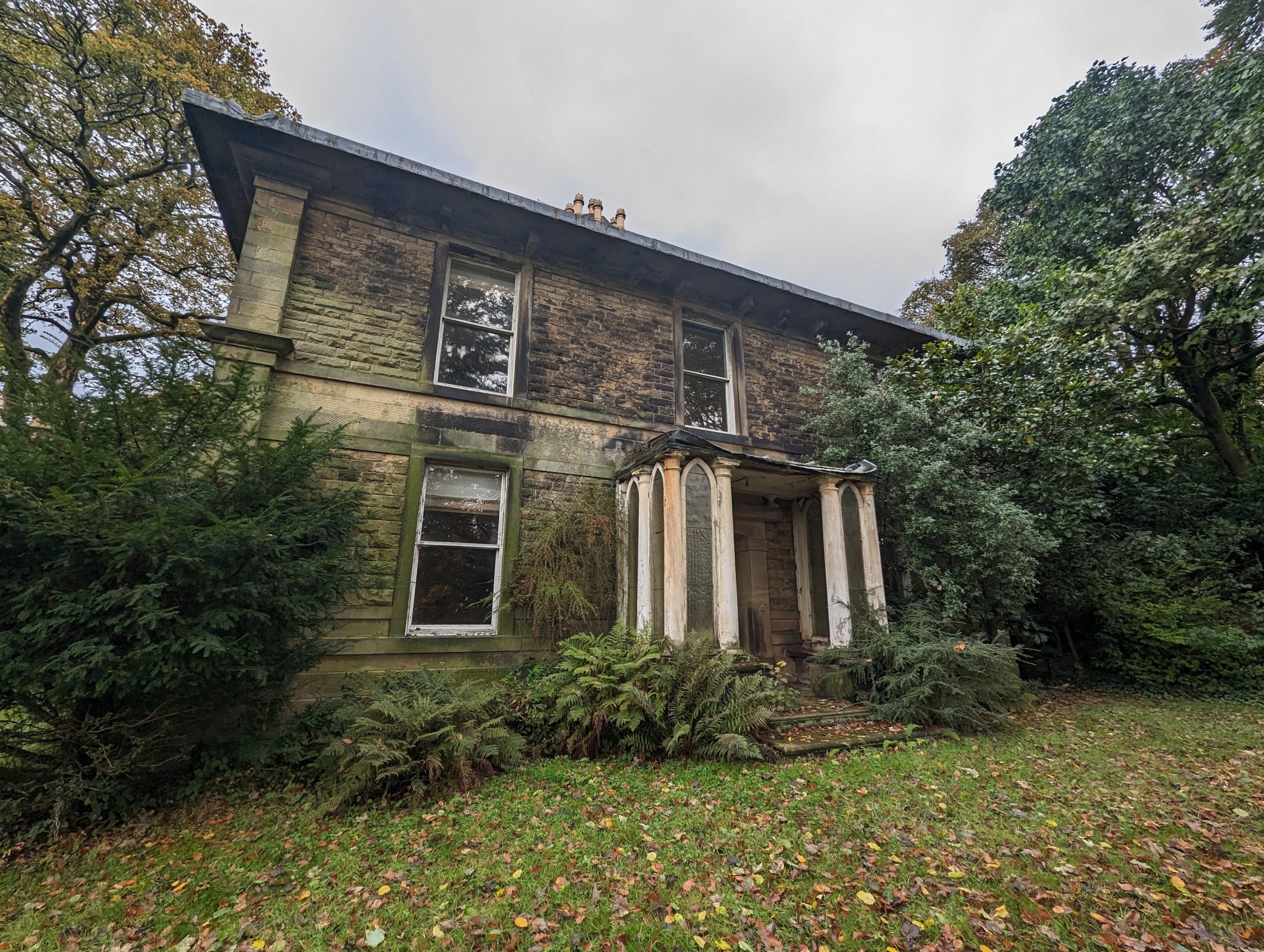
Can You Trace When the Works Happened—and Who’s Responsible?
Understanding when and by whom unauthorised works were carried out can be crucial for legal protection and planning your next steps.
To help trace unauthorised changes:
- Check the local authority’s planning portal for past applications or refusals.
- Review building control archives (often available via council records).
- Use aerial/satellite imagery history (e.g., Google Earth’s timeline tool) to compare rooflines, extensions, or external alterations over time.
- Examine past property listings (via estate agents or archived pages on the Wayback Machine) to detect interior changes or renovations.
- Speak to neighbours or previous owners who may be aware of earlier work.
This detective work helps establish whether enforcement is likely, and what your chances are for retrospective approval.
Has Retrospective Consent Ever Been Granted?
Yes—but it depends on how sensitively the works were carried out. Here are two real-world examples:
🟢 Example 1: Approved
A homeowner installed timber sash windows that closely matched the originals but forgot to apply for consent. The local council granted retrospective approval due to the minimal impact on the building’s character.
🔴 Example 2: Refused
A modern PVC conservatory was added to the rear of a Grade II listed cottage without permission. Despite being at the back of the property, the council refused retrospective consent due to visual harm to the overall aesthetic, and the structure had to be dismantled.
Key Questions to Ask Your Conservation Officer
Before taking any formal steps, reach out to your local conservation officer for informal guidance. Key questions include:
- Does the work materially affect the character of the building?
- Is retrospective consent a realistic option in this case?
- Would voluntary reversal reduce the likelihood of enforcement?
- Are there previous cases with similar outcomes in the borough?
Their insight can shape your strategy and reduce risk.
The Human Side of Heritage Risks
Dealing with unauthorised works isn’t just a legal issue. It can be emotionally taxing. Whether you’re facing unexpected costs, delays to a dream purchase, or pressure from the council, it’s normal to feel overwhelmed.
“Don’t panic, but don’t delay. With the right team, even serious issues can be resolved.”
Acting early and engaging the right professionals makes a world of difference.
How to Safeguard Your Position
Listed buildings need careful handling. Whether you’re buying, selling, or already own one, here are the key steps to reduce your exposure to risk:
- Commission a full building survey or listed building survey with a heritage specialist. This will highlight any unauthorised works or alterations that may require further investigation.
- Cross-check planning records via the local authority’s online planning portal. Applications, approvals, and conditions will usually be available here.
- Speak with the local conservation officer. They may have a working knowledge of the property and its history.
- Check Building Control records. These can help verify when alterations were made, and whether they were formally signed off.
- Take out specialist listed building insurance. It’s designed to protect you in the event that past unauthorised work is discovered post-purchase.
Listed buildings are some of the country’s most valuable architectural assets. But with that status comes complexity. Whether you’re concerned about unauthorised works or simply want reassurance before buying, expert guidance is essential.
At Fourth Wall, we specialise in listed and heritage buildings. Our team provides clear, practical advice so you can move forward with confidence, protect your investment, and respect the history you’ve inherited.
Need advice about a listed building?
Get in touch today and speak to one our expert chartered building surveyors.
Speak to an Expert TodayLeading the heritage consultancy at Fourth Wall means more than just preserving bricks and mortar. It’s about understanding the history, character, and legal responsibilities that come with listed buildings.
We work closely with clients, conservation officers, and planning authorities to strike the right balance between protecting heritage value and delivering practical, modern use. No two sites are the same, and that’s what makes this work so rewarding.Liam Piercy BSc (Hons) MRICS, Director & Heritage Specialist at Fourth Wall Building Consultancy
Formerly Eton College and Buckingham Palace Estates Team
Frequently Asked Questions About Buying a Listed Building
What does it mean if a property is “listed”?
A listed building is one that has been placed on the National Heritage List for England due to its historical or architectural importance. This status protects the building by law, meaning you must get Listed Building Consent (LBC) for any alterations that affect its character, even internal changes.
What are the different grades of listed buildings?
In England, there are three grades:
- Grade I: Buildings of exceptional interest (approx. 2.5% of listings).
- Grade II*: Particularly important buildings of more than special interest (approx. 5.5%).
- Grade II: Buildings of special interest (approx. 92%).
Even Grade II buildings can be subject to strict restrictions.
Can I make changes to a listed building after I buy it?
Yes but only with consent. Any works that affect the building’s character (structural or decorative, internal or external) require Listed Building Consent. Failing to get consent before carrying out work is a criminal offence.
What’s the difference between planning permission and listed building consent?
They are two separate processes:
- Planning Permission governs the use of land and external changes.
- Listed Building Consent is required for any work that affects the historic or architectural character of the building.
Many projects need both. Always check with the local authority before starting.
How do I check if previous works were authorised?
Ask your solicitor to review the local authority’s planning history.
Search the council’s online planning portal.
Commission a listed building survey to uncover physical evidence of alterations.
Speak to the local conservation officer for insight on past approvals or concerns.
What happens if unauthorised work is discovered after I’ve bought the property?
If you’ve followed best practices (due diligence, surveys, legal checks), you may be protected by specialist listed building insurance. However, you could still be served an Enforcement Notice requiring you to reverse or rectify the changes.
Can I get retrospective consent for past unauthorised works?
Possibly. You’ll need to apply through the local authority, and approval isn’t guaranteed. If the works have harmed the building’s character, you may be required to undo them.
Are listed buildings more expensive to maintain?
Often, yes. Maintenance typically requires traditional materials and specialist contractors, which can cost more than standard work. However, the long-term value and charm of these buildings can make it worthwhile.
Can I get a mortgage on a listed building?
Yes, but not all lenders are comfortable with listed properties due to their restrictions. Choose a lender with experience in heritage properties, and expect more detailed surveys and conditions.
Should I still buy a listed building if it has unauthorised works?
It depends. If the unauthorised work is minor or you can reasonably secure retrospective consent, it may be manageable. But significant breaches could expose you to high costs or legal risk. Always get professional advice from a listed building surveyor and specialist solicitor before committing.
Are only the parts of a listed building mentioned in the listing description protected?
No. This is a common and potentially costly misconception. When a building is listed, the entire structure and curtilage of the site is protected by law, not just the features mentioned in the official listing description.
What does the listing description actually cover then?
The listing description highlights certain notable or character-defining features, such as:
- Period architecture (e.g., Georgian sash windows, Victorian brickwork)
- Structural elements (e.g., original roof trusses or fireplaces)
- Decorative details (e.g., plaster ceilings, staircases)
But this is not a comprehensive list of what’s protected. Think of it as a summary or highlight reel, not a detailed inventory.
What’s actually protected under a listing?
Everything that forms part of the listed building’s character and significance, including:
- Curtilage buildings and structures, such as outbuildings, walls, gates, and garden features—if they pre-date July 1, 1948 and are historically associated with the main building
- All external and internal parts of the structure—whether original or altered
- Later additions that have become historically significant
- Interior elements, like joinery, floors, walls, ceilings, and fixtures
What is “curtilage listing”?
“Curtilage” refers to structures and land within the boundary of a listed building that are considered part of its historic setting. Even if a garden wall, barn, or garage isn’t specifically mentioned, if it:
- Was in place before July 1, 1948
- Is within the same ownership
- Forms part of the property’s setting
It may automatically fall under the protection of the main building’s listing.
How can I know if something is protected if it’s not in the listing?
- Assume it is protected until confirmed otherwise
- Speak with your local conservation officer before carrying out any work
- Commission a listed building survey with a heritage specialist. They can interpret the listing and assess risks
What are the risks of assuming “unlisted” features aren’t protected?
Carrying out works without proper consent—based on this assumption—can lead to:
Legal action, fines, and devaluation of your property
A criminal offence
Enforcement notices requiring costly reversals

